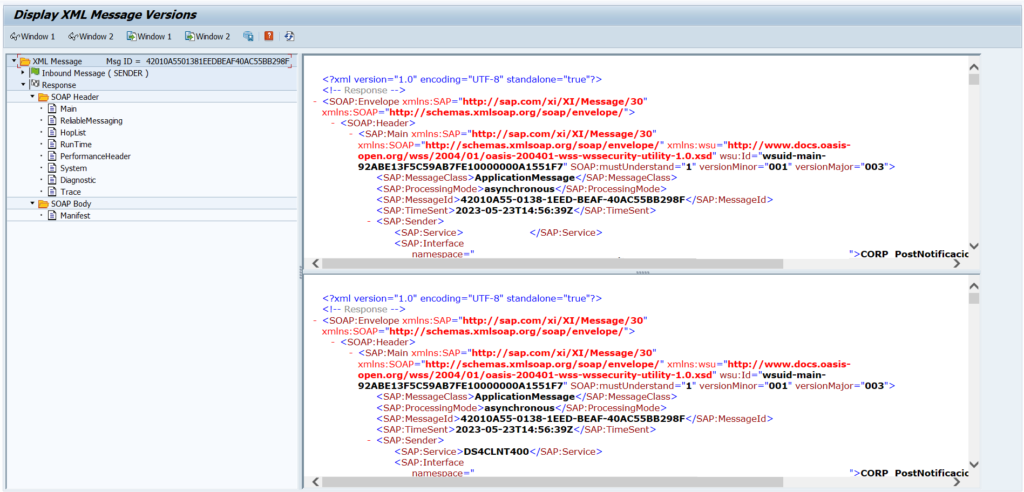Competitive Intelligence and its impact on financial planning
Category:Business ManagementWhat is Competitive Intelligence? It can be broadly defined as the process that allows an organization or individual to collect information about their products, customers and competitors, in order to subsequently carry out planning activities in the short and long term. Starting from the above definition and considering that the strategic planning process of organizations is not specific to a specific area of the company but instead requires a systemic view of the organization and its relationship with the environment, it could then be said that the Competitive intelligence enables the senses of the organization to perceive and interact with its environment in such a way that an interaction can be reached that tends to generate differentiating elements of the individual or the company, to generate blue oceans in which the competition be a non-determining factor; however, it is customary in current administrative practices to measure impacts in quantitative terms and although this activity is necessary, it must be done with great care because the impact must be seen globally and not as a fraction that affects only a specific part of the the organization. Now, the objective of any organization is to generate value for its shareholders, hand in hand with the construction of a work environment that encourages the growth of the organization’s collaborators, however, to achieve this ultimate goal, it is necessary to define a comprehensive strategic planning process that allows determining the position of the company in all its aspects, and one of the main tools to achieve this goal is through a process that collects sensitive information for the company, without falling into espionage, in such a way that the directors have sustainable facts when making decisions that affect production, customer relations, market campaigns, product positioning, distribution of dividends, consolidation of local markets, opening of international markets, among others.








Recent Comments